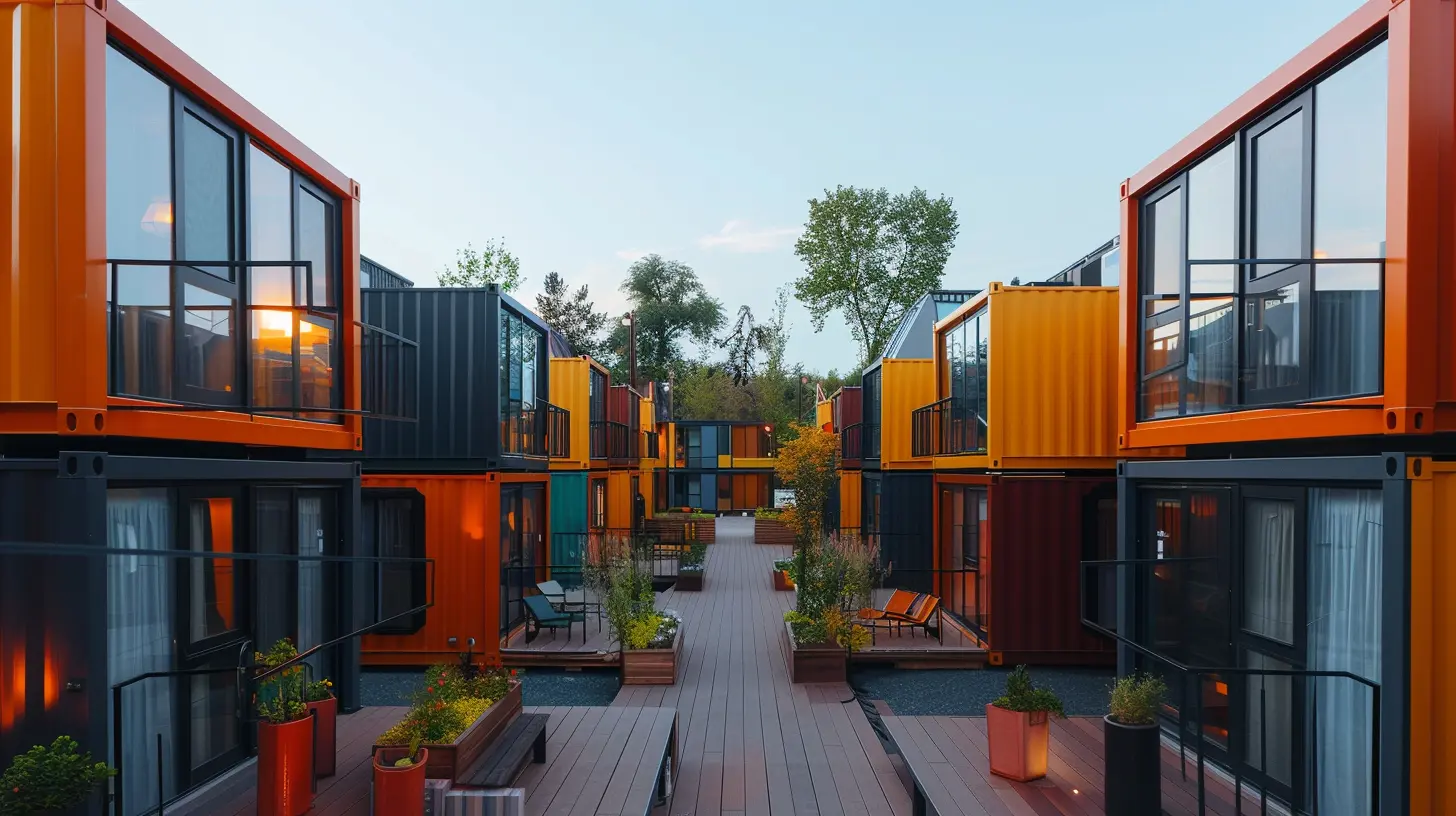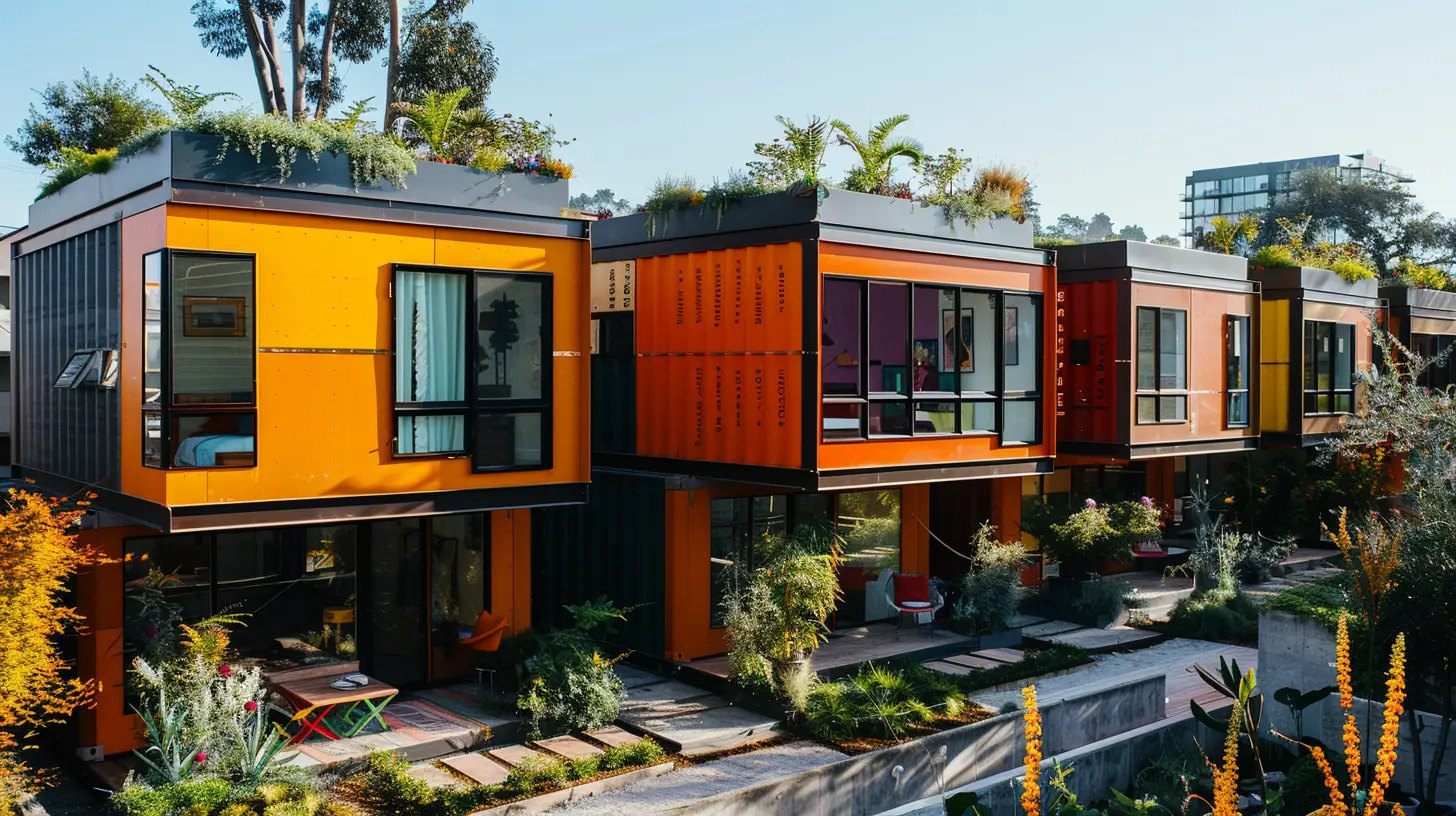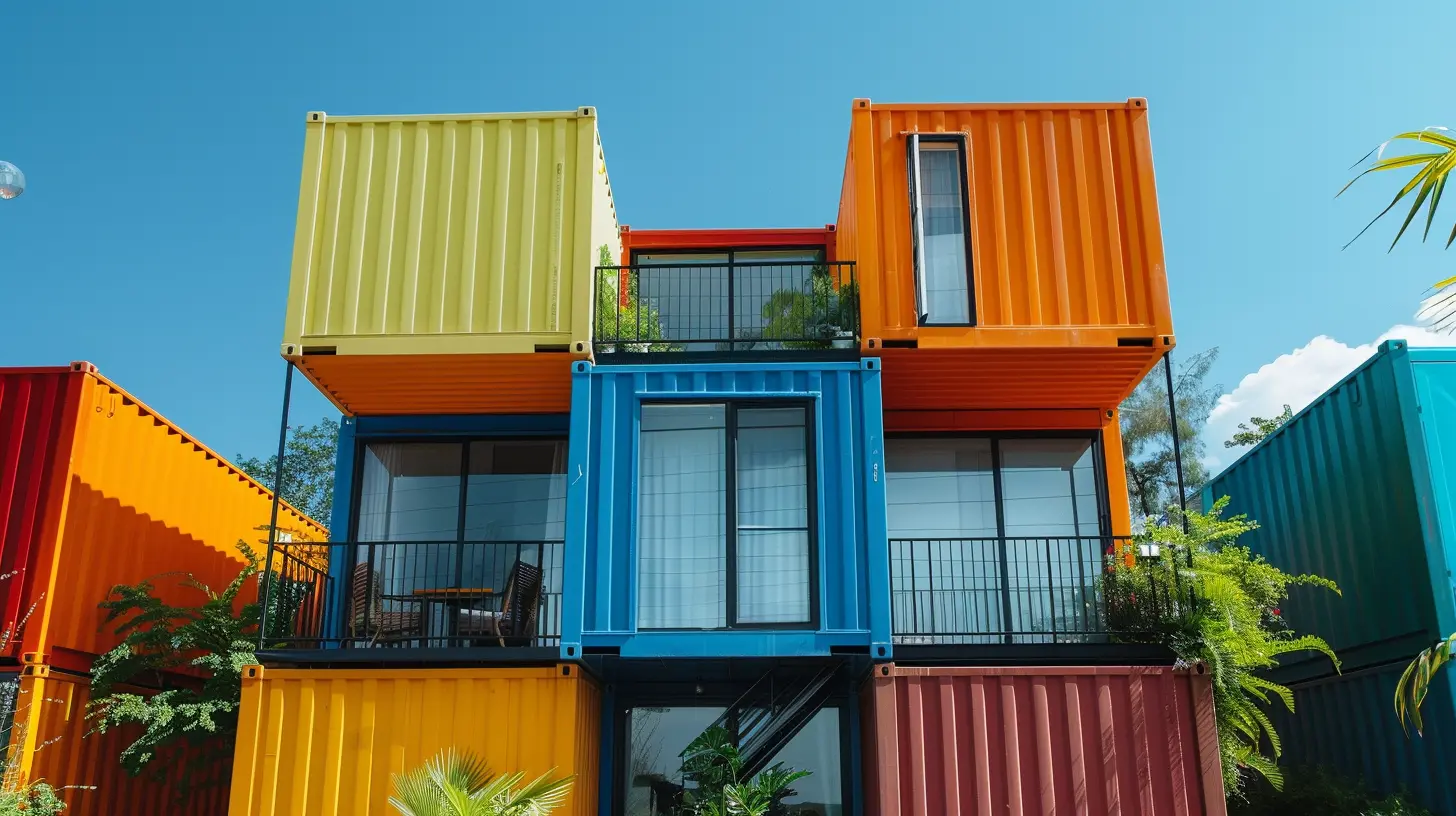How Modular Homes Are Revolutionizing the Affordable Housing Market
2 October 2025
The housing market has been on a wild rollercoaster ride in the last few decades. Prices have skyrocketed, leaving many individuals and families struggling to find affordable living options. But amidst this chaos, a quiet revolution is happening—modular homes are changing the game in the affordable housing market.
But what exactly are modular homes, and why are they making such a big impact? Let's dive in. 
What Are Modular Homes?
Before we go any further, let’s clear up a common misconception—modular homes are NOT the same as mobile or manufactured homes. While all three are prefabricated in factories, modular homes are built in sections (or modules) and then transported to the final site, where they are assembled on a permanent foundation.They are built to the same standards as traditional site-built houses, meaning they’re durable, customizable, and often indistinguishable from standard homes once completed. 
Why Modular Homes Are Changing the Affordable Housing Landscape
The affordability crisis in the housing market isn’t new, but modular homes are offering solutions that traditional construction methods simply can’t match. Here’s why they’re making waves:1. Cost-Effective Construction
One of the biggest barriers to homeownership is cost. Traditional homes come with sky-high labor expenses, unpredictable material costs, and lengthy construction times.Modular homes, on the other hand, cost significantly less to build because:
- They are constructed in a controlled factory environment, reducing material waste.
- Labor costs are lower since workers specialize in assembly-line efficiency.
- Bulk purchasing of materials cuts down expenses.
According to the Modular Home Builders Association, modular homes can be 10-20% cheaper than traditional site-built homes. And in today's climate, that cost difference can mean the difference between homeownership and lifelong renting.
2. Faster Build Times = Faster Move-Ins
If you’ve ever built a home from the ground up, you know how long it can take—months, maybe even years. Bad weather, labor shortages, and supply chain delays can stretch out timelines endlessly.Modular homes are different. Because construction happens indoors, weather delays are a non-issue, and homes can be built in as little as 8-12 weeks! This means new homeowners can move in faster, and cities can address housing shortages more efficiently.
3. Eco-Friendly & Energy Efficient
Sustainability is the buzzword in real estate right now, and modular homes are leading the charge. Traditional homebuilding generates excessive waste—think about the number of materials cut, discarded, or damaged onsite.But inside a factory? Waste is minimal. Any material that isn't used can be recycled or reused, significantly reducing environmental impact.
Plus, modular homes often come with energy-efficient designs and materials, such as:
- Better insulation, reducing heating/cooling costs.
- Solar panel compatibility, allowing homeowners to slash electricity bills.
- Energy-efficient appliances and smart home technology, keeping utility expenses low.
For homeowners, that means lower energy bills, and for the planet, it means a smaller carbon footprint. Win-win!
4. Customization Without the Hefty Price Tag
Think affordable housing means settling for cookie-cutter designs? Think again.Modular homes today aren’t the plain, boxy structures of the past. Buyers can choose from a wide range of layouts, finishes, and upgrades—from open-concept living spaces to modern kitchens with granite countertops.
And here’s the kicker: because manufacturers buy materials in bulk and use standardized processes, you get high-end features at a fraction of the cost.
Want vaulted ceilings? A wraparound porch? No problem.
5. Durability & Quality Control
There’s a myth floating around that modular homes aren’t as sturdy as traditional homes. But that couldn’t be further from the truth.Because they’re built in controlled environments, modular homes actually undergo stricter quality control inspections than many site-built homes. Each module must meet rigorous standards before leaving the factory, and when the final assembly happens onsite, everything is bolted together to ensure maximum durability.
And here’s something that surprises most people—since modular homes have to withstand transportation to the site, they are often built even stronger than traditional homes! 
Who Benefits From Modular Homes?
With all the perks, it’s clear why modular homes are revolutionizing affordable housing. But who stands to gain the most?Young Homebuyers & First-Time Buyers
With skyrocketing home prices, younger generations are struggling to break into the housing market. Modular homes offer an affordable entry point without compromising on quality or design.Low-Income Families
Organizations and governments are increasingly turning to modular housing as a way to address homelessness and lack of affordable housing. In fact, some cities are using modular construction to quickly build affordable multi-family housing units.Investors & Rental Property Owners
For real estate investors, modular homes are a golden opportunity. They provide a way to expand rental portfolios quickly, reduce tenant turnover costs (thanks to energy-efficient designs), and maximize return on investment.Rural & Remote Homebuyers
Building in remote areas is notoriously expensive due to labor and material transportation costs. Modular homes solve this issue by being built offsite and then transported to the location, making it easier and cheaper to develop homes in rural regions.
Challenges & Misconceptions About Modular Homes
Of course, no solution is perfect. While modular homes are making huge strides in affordability, there are still challenges to address:1. Financing Can Be Tricky
Because modular homes are different from traditional homes, some lenders treat them as manufactured homes (which are harder to finance). Thankfully, this is changing as modular homes become more common.2. Zoning & Building Regulations
Some cities still have restrictive zoning laws that don’t easily accommodate modular housing. However, as demand grows, many municipalities are updating their regulations.3. Limited Awareness
Many potential buyers don’t realize how far modular housing has come. Outdated perceptions about prefab homes being "cheap" or "low-quality" still linger. But as more high-end modular homes hit the market, this stigma is quickly fading.The Future of Modular Homes in Affordable Housing
It’s clear that modular homes aren’t just a passing trend—they’re a game-changer in solving the housing affordability crisis. With their lower costs, faster construction, customizability, and sustainability, they provide a real alternative to traditional homebuilding.As technology continues to advance, we can expect even more innovation in modular construction. 3D printing, AI-driven design, and smart home integrations could take affordable housing to the next level.
And with governments, developers, and homebuyers all recognizing the benefits, one thing is for sure—modular homes are here to stay.
If you’ve been dreaming of homeownership but feel priced out of the market, it might be time to think outside the traditional brick-and-mortar box. Because the future of affordable housing? It just might come in modules.
all images in this post were generated using AI tools
Category:
Affordable HousingAuthor:

Camila King
Discussion
rate this article
1 comments
Octavia Bowers
Great insights! Modular homes truly offer innovative solutions for affordable housing.
October 13, 2025 at 4:18 AM

Camila King
Thank you! I'm glad you found the insights valuable. Modular homes indeed present exciting opportunities for affordable living.


